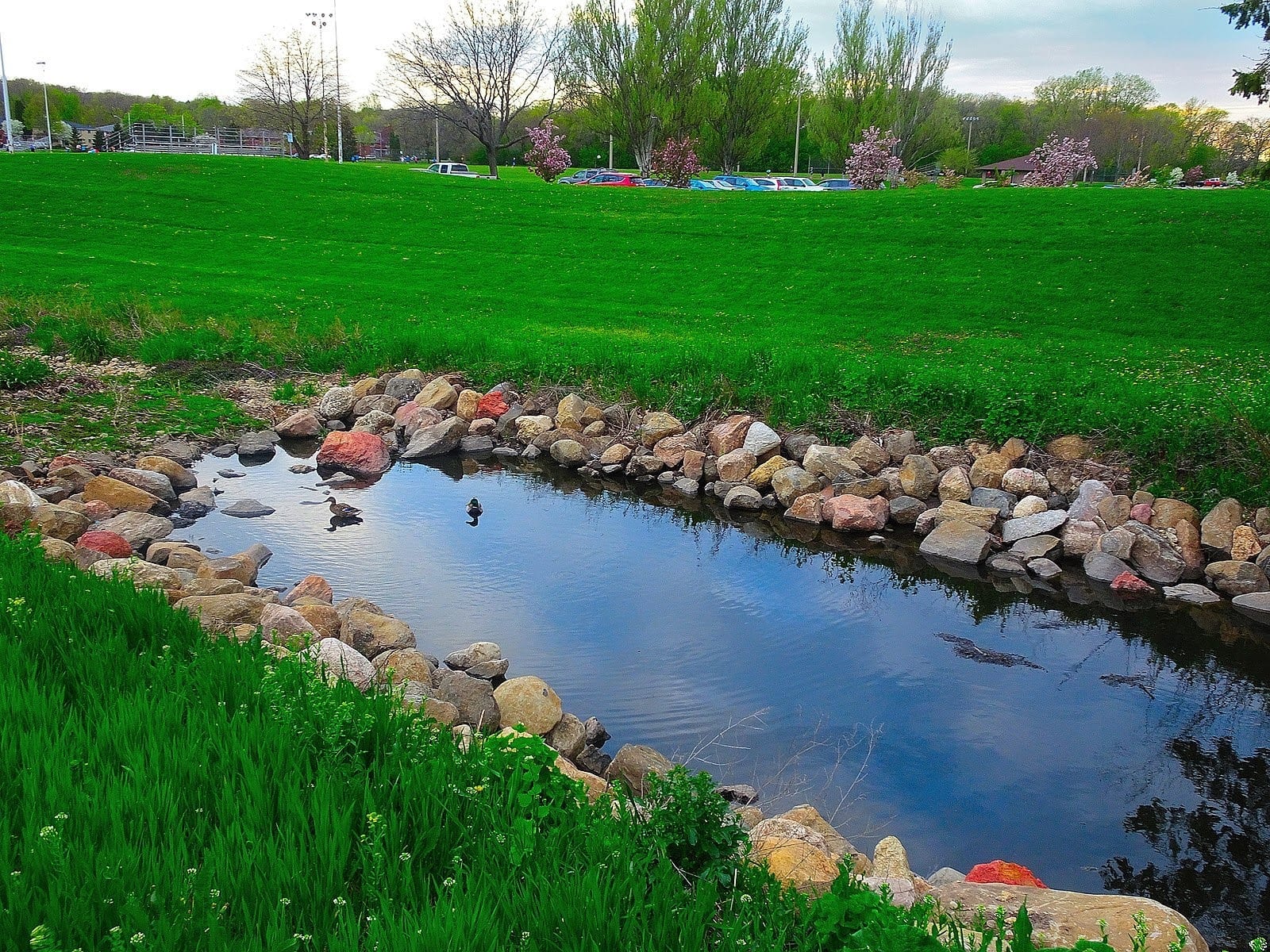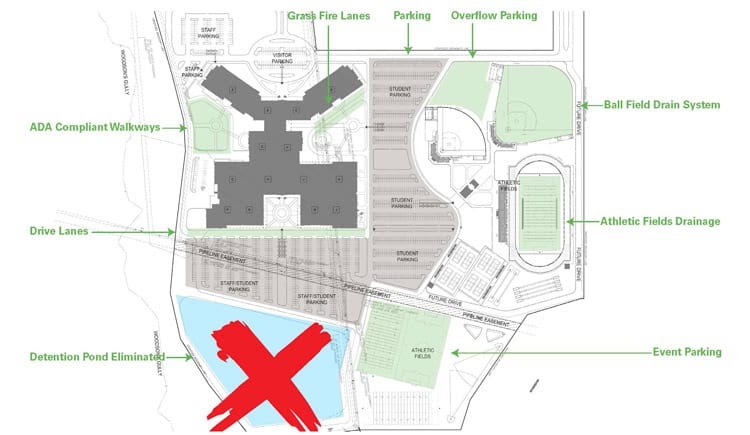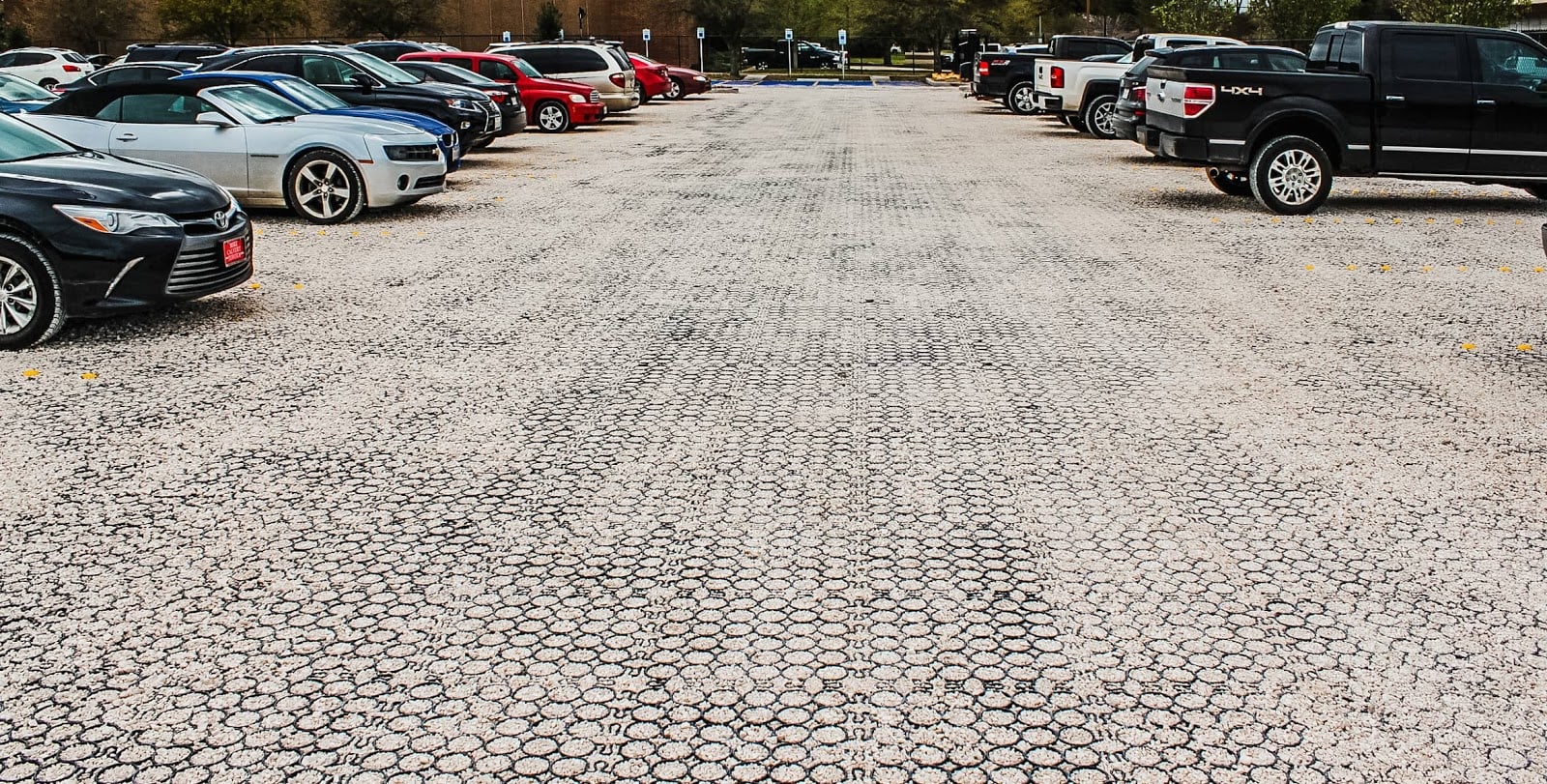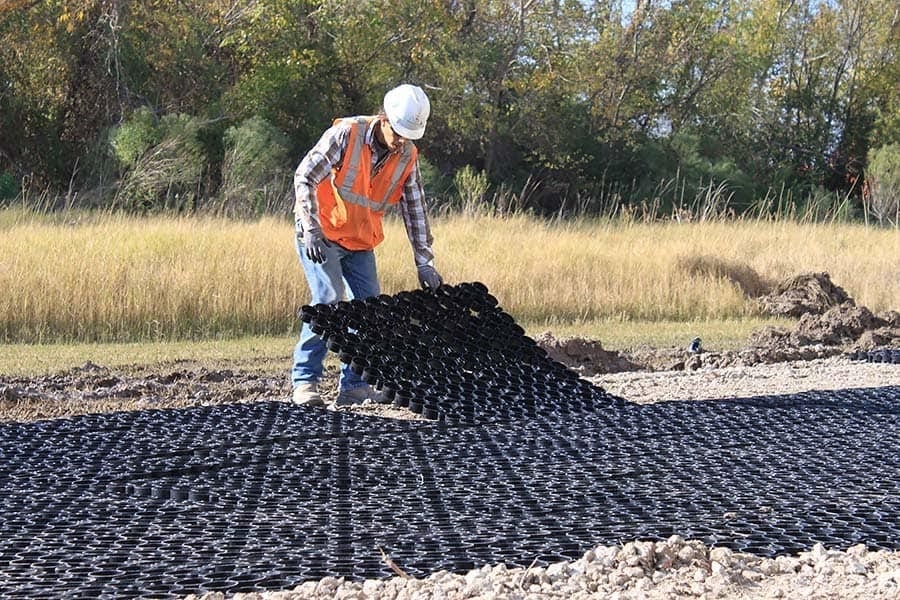
Detention ponds are artificially created ponds near parks, neighborhoods, housing developments, and other areas with a lot of impermeable pavement. They may look like regular ponds, but if you look a little bit closer, you can usually tell the difference between a retention pond and a regular pond.
Detention ponds, for instance, have steep sides and usually aren’t meant for swimming or recreational activity. These ponds serve as a collection and storage place for stormwater to drain into. They also release stormwater back into the sewer system at a normal rate, as opposed to flooding the sewers with water that would have normally sunk into the ground.
Common Detention Pond Problems
If you are looking for answers about detention pond problems, let’s take a look at 3 common issues with them, as well as an alternative, effective way to deal with stormwater management.
1. Putrification
A well-designed, regularly maintained detention pond should never become gross and putrid, as most detention ponds often do. Unfortunately, the people responsible for having detention ponds installed usually don’t have access to the kind of experts needed to keep them in top shape.
This leads to eventual contamination of the water from pollutants, as well as erosion of the shoreline, overgrowth of vegetation, a population boom in mosquitos, and potentially dangerous animals taking up residence in the detention pond.
In a worst-case scenario, local residents can end up having to foot the bill to get the detention pond upgraded or replaced. Without a team of professionals to regularly inspect, maintain, and repair a detention pond, the water can easily become polluted and foul-smelling. This leads to a smelly, greenish-brown pond that can easily flood into nearby areas
2. Pests
Most detention ponds start out fully functional and in perfect harmony with Mother Nature, lack of proper upkeep leads to the area becoming unkempt and overrun with pesky wildlife.
This is not only unsightly, it poses a health hazard to everyone nearby. Mosquitos bring disease, and deadly creatures like alligators love to prowl around detention ponds. Raccoons, snakes, lizards, territorial swans, and all manner of potentially dangerous creatures will begin populating an unkempt detention pond.
If there is no fence around the detention pond and vegetation isn’t regularly culled, you’re guaranteed to end up with a closer relationship with Mother Nature than you may have wanted.
3. Land Usage

Detention ponds require quite a bit of open land to be effective. This is land that could have been used for additional parking, homes, or any other purpose. Not only does this land have to be sectioned off in most cases, but it’s also a running expense that requires regular maintenance.
You can either spend the massive upkeep costs to keep your pond in perfect working order, or you can let it slowly degrade into a marshy swamp that brings down the property value of everything around it.
Permeable Pavers Outperform Detention Ponds in Every Category

To manage your stormwater, installing permeable pavers throughout the area is a way to make better use of your land, save time on installation, and eliminate the outrageous maintenance expenses of a detention pond.
All of the common detention pond problems can be eliminated while still expertly managing local stormwater with permeable pavers. TRUEGRID pavers, for example, allow stormwater to pass right through them and into the ground below.
They are durable enough to handle high volumes of traffic and they won’t break down in any type of weather. They only require a shallow excavation and some aggregate fill to install, and they snap together instantly like LEGO® blocks.

Whether you need to manage the stormwater for a park, parking lot, neighborhood, or housing development, installing TRUEGRID permeable pavers in place of regular asphalt or cement is the most efficient way to do it.
If you’d still like to keep some amount of asphalt and concrete, you can just install as many as required to manage stormwater. They look clean-cut and stylish, and you might prefer their look to other common paving materials.
One of the biggest detention pond problems is that they aren’t very eco-friendly. TRUEGRID permeable pavers, on the other hand, are made with 100% recycled plastic and only work in balance with nature. They allow stormwater to flow and filter naturally, as opposed to being collected and stored.
Eliminate the Need for a Detention Pond with Permeable Pavers
If you want to avoid having an overgrown and run-down detention pond that attracts dangerous predators and mosquitos, TRUEGRID permeable pavers are the answer. You’ll be able to use the extra land to your benefit, while preventing the maintenance costs and/or issues of a detention pond.
Contact a paving expert at TRUGRID today and discover how a new and effective drainage solution like permeable pavers can improve your project.



